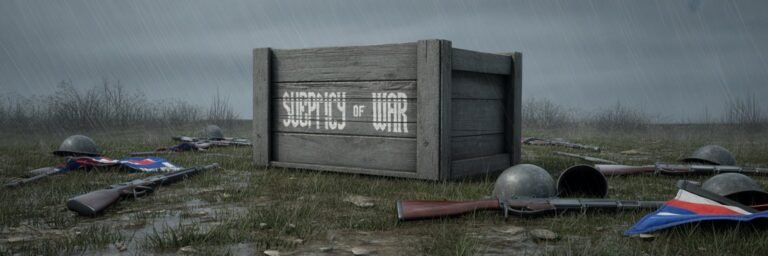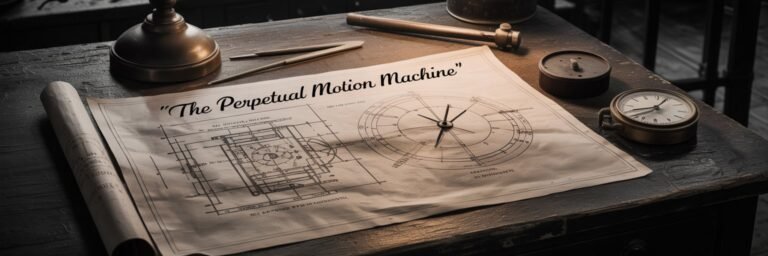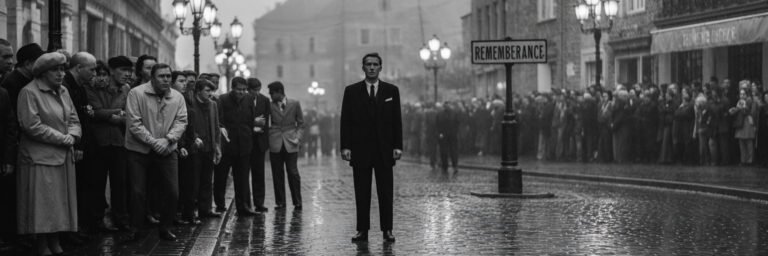INTRODUCTION
Imagine standing in the heart of a bustling ancient city, the stir of activity painting a vivid picture of life in days long past. The daily lives of inhabitants of historic cities such as Athens, Rome, and Baghdad are captivating to study, filled with echoes of human history that resonate with the core of our shared experience. Within the heart of these cities, stories of compelling individuals and societies have unfurled. In this analysis, we will journey through time, retracing the everyday life of historic cities and the impressions they’ve left on human history.
HISTORICAL BACKGROUND
The dawn of urban civilization is shrouded in prehistoric obscurity, but the first inklings of city life emerged around 10,000 BCE. The Neolithic revolution spelled the end of hunter-gatherer lifestyle and the rise of settled agriculture. Catal Huyuk in present-day Turkey, continually inhabited from 7500 BCE to 5700 BCE, is often described as the first city. Subsequently, Mesopotamia saw the rise of Ur, Uruk, and Babylon, nurturing the cradle of civilization with their densely populated cityscapes, around 4000 BCE.
Further West, the city-states of ancient Greece revolutionsed culture and thinking. Athens, adorned with the iconic Acropolis, was an influential hub where philosophy, democracy, and drama was nurtured amidst a public-spirited polis. From Greece, the torch of civilization passed into the hands of Rome. Roman civilization, from 500 BCE–500 AD, produced cities of such grandeur that their ruination today still overawes beholders.
In Asia, cities like Harappa and Mohenjo-Daro underwent significant and often unrecognized developments around 2500 BCE. In the medieval era, Chinese cities like Chang’an and Arabic metropolises like Baghdad bloomed as oases of culture and learning.
THEORIES AND INTERPRETATIONS
Understanding everyday life in historical cities requires interpreting sparse and distorted archaeological remains, often nourishing theories entangled in controversy. Take, for instance, the Roman concept of the domus and insulae. Scholars like J. DeLaine promotes the view that although Roman literature idolizes the domus, a self-contained house, reality was dominated by the insulae, multi-story tenement blocks housing the majority of Rome’s population.
Similarly, in academia, medieval Baghdad occupies a revered pedestal due to its apparent egalitarian distribution of facilities. Janet Abu-Lughod, however, contradicts mainstream beliefs. She argues that historic records suggest that the citizens were far from equal, with a stratified society defined by stark social and economic inequalities.
MYSTERIES AND CONTROVERSIES
Many questions about everyday life in historical cities remain unresolved. The mysterious demise of the Indus Valley cities like Harappa and Mohenjo-Daro continues to baffle historians. Despite flourishing for nearly a thousand years, these cities were abruptly abandoned around 1900 BCE. Some theories advocate for climatic shifts, while others implicate an Aryan invasion.
In the realm of ancient Rome, controversies continue to rage over the diet of the average Roman citizen. Traditional views suggest a stable diet of cereals and vegetables, but recent isotopic analysis suggests a more varied regional diet, sparking a contentious debate in the academic community.
SYMBOLISM AND CULTURAL SIGNIFICANCE
Historical cities are rich symbolically and culturally, embodying both intrinsic and extrinsic values. While the extant ruins of Athens and Rome symbolize the cradle of western civilization, their city planning and architectural influences reverberate with present urban design principles.
The Great Wall of China symbolically protected the Forbidden City of Beijing, serving as a physical manifestation of might and imperial grandeur. Ancient Arab cities were not just hubs of commerce but also represented the golden age of Islam, featuring unique architecture reflecting Islamic culture and values.
MODERN INVESTIGATIONS
Modern investigations into historic cities often utilize cutting-edge technology. In Rome, the Subsurface Investigation of Urban stratigraphy (SITUS) project has used Ground Penetrating Radar (GPR) to create a 3D image of the subsurface ruins, revealing valuable insights into the ancient city.
Digital humanities projects are also enriching our understanding. For example, the “Rome Reborn” project is a 3D digital model that realistically reconstructs Rome at its peak in 320 AD, offering a virtual time-machine.
LEGACY AND CONCLUSION
The legacy of these historic cities is immeasurable. Their remains continue to inspire awe, while their stories incite our curiosity, prompting us to reflect upon our progress as a civilization. Studying everyday life in these cities enriches our understanding of human society and our shared past.
In conclusion, understanding everyday life in historical cities provides not just a captivating trip down history’s memory lane but also lessons that reverberate throughout time. Their legacy lies not only in their historical prominence but also in their influence on modern society and urban landscape. As we continue to learn from these cities of yore, they remain as timeless testaments to humanity’s relentless quest for survival, progress, and meaning.






